“The arts is one world, and then there’s the real world.”
There’s not a lot of arty types who will admit that.
But no-nonsense Dundonian artist Sharron Devine is determined to cut through the noise of buzzwords to bring “the arts” and “the real world” closer together in the city.
Born and bred in the Hilltown, Sharron left her native Dundee as a young adult to pursue a career in theatre-making as “there wasn’t anything here for me”.
Now that she is back after 20 years away, Sharron is determined to figure out how Dundee can “keep artistic talent here to begin with”.
So along with her husband Ben Scappaticcio, Sharron runs Studio Space Art in Broughty Ferry, an independent arts organisation offering advice, mentoring and residencies to local artists – with the key word being ‘local’.
“Dundee’s quite top-heavy with big organisations, but there’s not a lot of grassroots stuff,” she observes. “Or rather, there is, but they’re not supported.”
Solve city centre space issue to support arts
The best way to lend that support, from Sharron’s perspective, is through space.
Her main project over lockdown involved opening up Victoria Road’s 100-year-old Little Theatre to the public.
She and Ben ended up hosting free, open-door meeting sessions there every second Saturday for around six months, where they created a network of community members and artistic professionals.
“We met young artists and musicians, and had a few different events where we did readings of new work,” she explains.
“We even did an intimate gig with a local band, the Ruvellas.
“There was a Sri Lankan family who had moved here, the gentleman was a lecturer. So we immediately had this cultural exchange.”
She believes that giving artists use of low-cost or free city centre spaces, such as Creative Dundee’s Hapworks project on Castle Street, is the first step to keeping talent in Dundee.
‘At first it’s not going to make any money’
And she insists there must be an embracing of “trust and risk” from local authorities when it comes to supporting the arts, rather than conditional support based on projected monetary profits.
“A lot of the conversations we have about trying to make changes, everybody wants to know how much money it’s going to make them. And to be honest, at first it’s not going to make anybody any money,” she says matter-of-factly.
“But if the arts are to transform a city centre, they can’t do it on their own.”
So then, why bother investing in a high street grassroots arts scene which may not be profitable in and of itself?
“Trying to find a space to use as an artist is hard, because spaces are one fee for everything. That needs to change, I think,” says Sharron.
“There has to be a tiered system and an acknowledgement and acceptance that we don’t all have big pockets.”
Make Dundee city centre a work of art
For Keiller Centre manager and Federation Gallery owner Kathryn Rattray, the answer is obvious – people need a reason to leave their houses, and that reason isn’t retail.
In the age of Instagram, Kathryn acknowledges that the Keiller Centre’s “weird, dystopian” look draws in people who “want good backdrops for photographs”.
And so in a town marketed as ‘the city of design’, making city centre venues into artistic destinations can help entice folk out.

“The high street has become homogenised, every high street looks the same,” says Kathryn, who took over the ailing shopping centre in 2022. “But in the Keiller Centre, we’re really DIY which people respond to.
“What I’d say about the arts in the Keiller Centre is that they’ve definitely brought in footfall and life. People come to the Federation Gallery to meet their pals and talk together. They’re coming not just to see the art on the walls, but to be part of something.”
‘Grannies and dudes’ collide in Keiller Centre
And she reckons that using arts and culture as a way to individualise Dundee city centre is the way to jumpstart a thriving independent retail economy.
“I think to say that the arts can just come in and save the city centre would be probably quite a wild statement of hope,” she says.
“However, I think the arts really add value, character, substance and experience that bring people in. And then you can bring layers of commercial into that, and get people spending in their city centre again.”
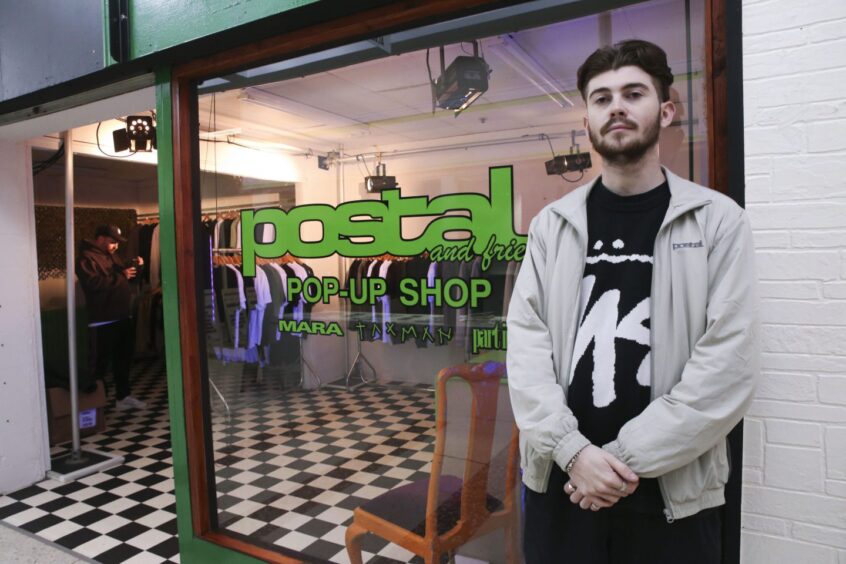
Kathryn saw this in real time when Dundee fashion brand Postal (Nel Roy) hosted a pop-up shop at the same time as The Dundonian photography exhibition was showing at the gallery, featuring photographs of a once-booming Dundee city centre.
While the pop-up shop attracted trendy young folk looking for the latest hot thing, The Dundonian drew in families and older people keen to reminisce on Dundee days gone by.
“It was wild,” she laughs. “Postal had the busiest sales they’ve ever had, and all these grannies and dudes were meeting in the centre. There was a really nice energy between the two totally different age groups.”
Keep retail space for Dundee brands
The runaway success of The Dundonian exhibition convinced Kathryn that the key to reviving the city centre is to give people brands and makers from Dundee, instead of bringing in large outside corporations.
“I think in order for this to be successful, we all need to start working from within Dundee,” she says. “So we grow Dundee brands, we support our artists, and everything becomes about the growth of Dundee rather than outsourcing to everywhere else in order to get what we need.
“Everything’s already here!”
Indeed, taking big swings on Dundee’s homegrown scene has already paid off.
Last year’s Art Night, which saw fine art, performance and music events taking place from Perth Road to Stobswell, brought in almost £400k for local business.
And as Dundee Contemporary Arts bosses Jacquie Roberts and Beth Bate point out, the arts sector is a vital component of a “varied night-time economy”.
“Arts and culture isn’t something separate to business,” notes DCA director Beth. “When you think about the night-time economy of a city, people often think about restaurants and bars.
“We have those, but we have a cinema as well. And along with the Rep, that’s a key player in terms of bringing people into the city centre in the evenings.”
But she also makes it clear that transforming the city centre isn’t just about bringing in money.
Arts can transform health of a city
Cultural organisations, she explains, can be vital when it comes to filling in gaps between mental health and community services.
The DCA operates as a charity and as such has a commitment to the overall wellbeing of Dundee’s citizens.
Just this spring, the organisation turned one of its gallery spaces into a Holiday Pop-Up, hosting free, family-friendly arts events to help keep kids entertained over the Easter break.
And the team engage in several community health projects, including an art therapy project which helps new mothers bond with their babies.
“The health agenda is really important to us,” explains Beth.
Testimonies from visitors show the impact of the arts on citizens’ wellbeing, and Beth admits it can be “emotional” to hear how much of a difference the DCA has made to someone’s life.
“Someone wrote in saying that discovering DCA was ‘life-saving’ when they were in a depressive state,” recalls Beth. “Sometimes people have had a small experience here that means a huge amount to them.”
Something ‘very Dundee’ about Dundee
For DCA chairwoman Jacquie, it is the “thoughtful and kind” nature of Dundee which keeps people coming back to the city, or keeps them here once they arrive.
And she thinks that if the city’s cultural sector can showcase that, then tourism can capitalise on it.
“There is something special about Dundee,” she recalls.
“Dundee is not just a city of many discoveries, but of many kindnesses as well. There’s just something very Dundee about Dundee. I don’t know how, but we must capture it.”
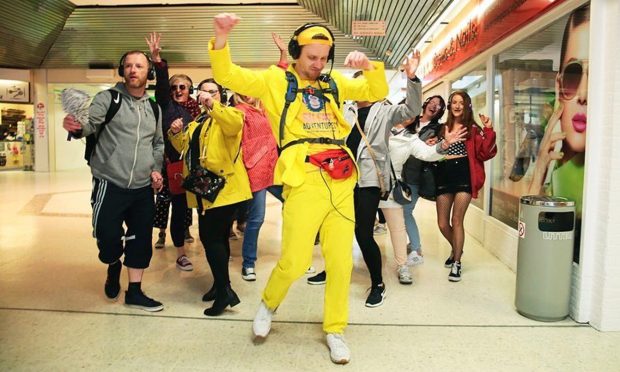
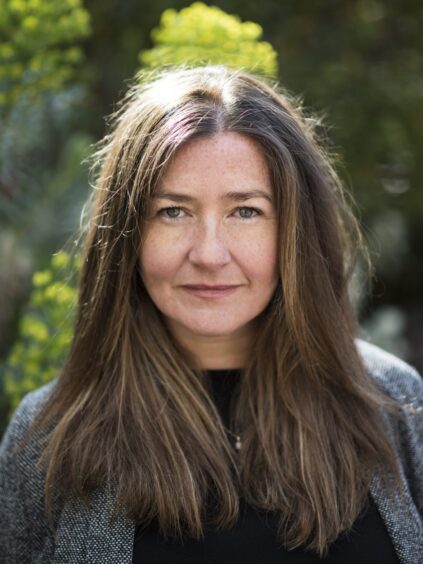
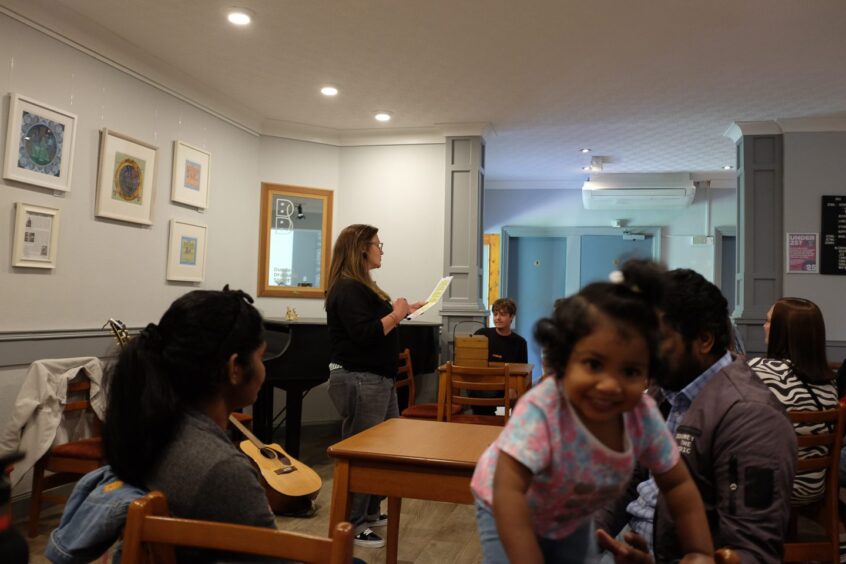
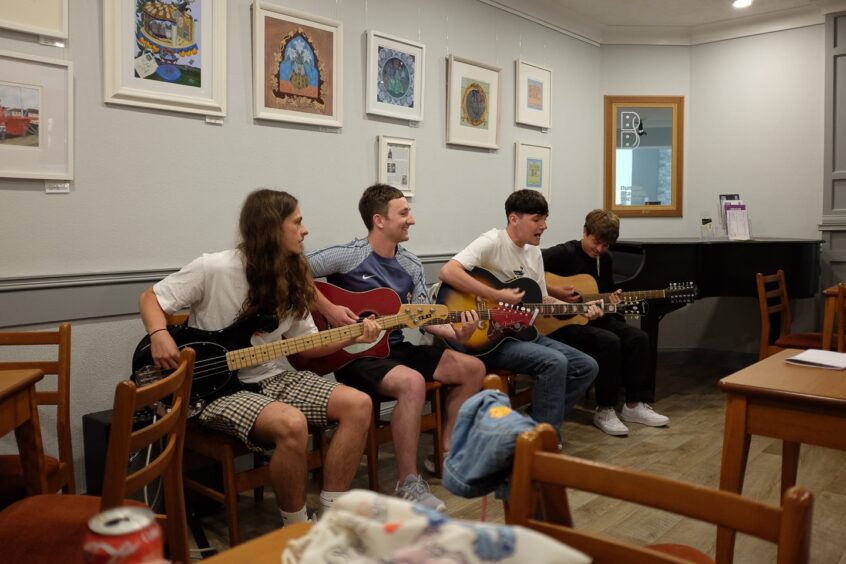
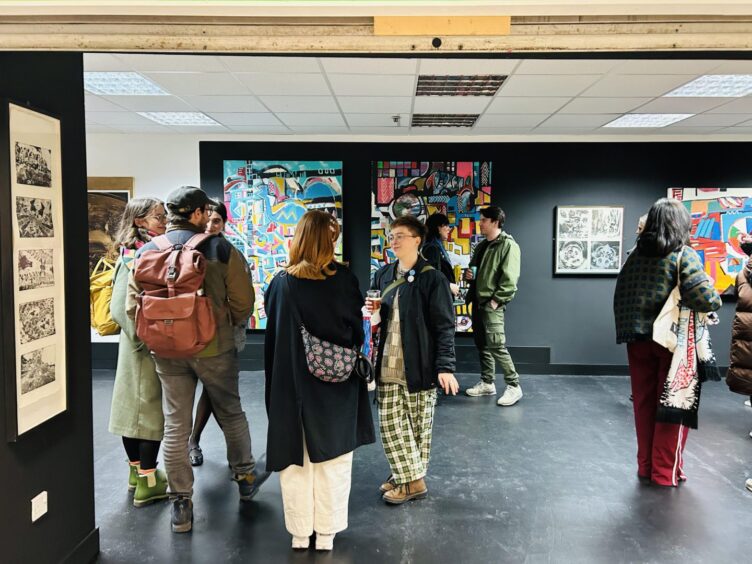

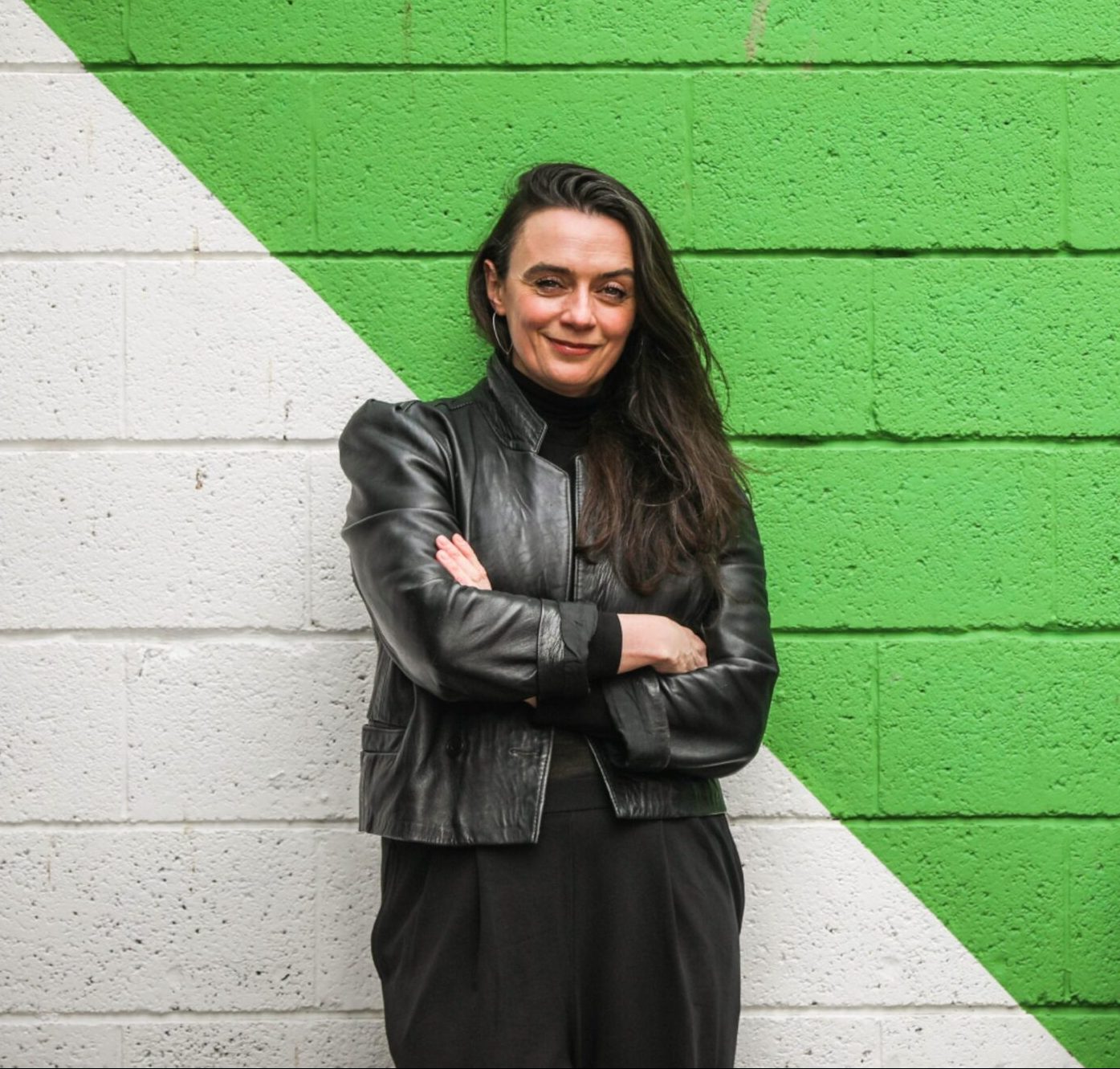
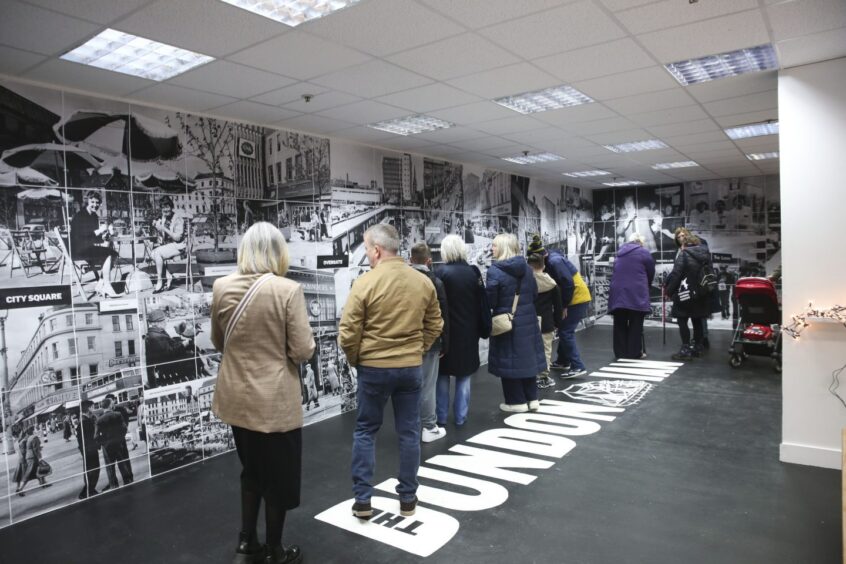
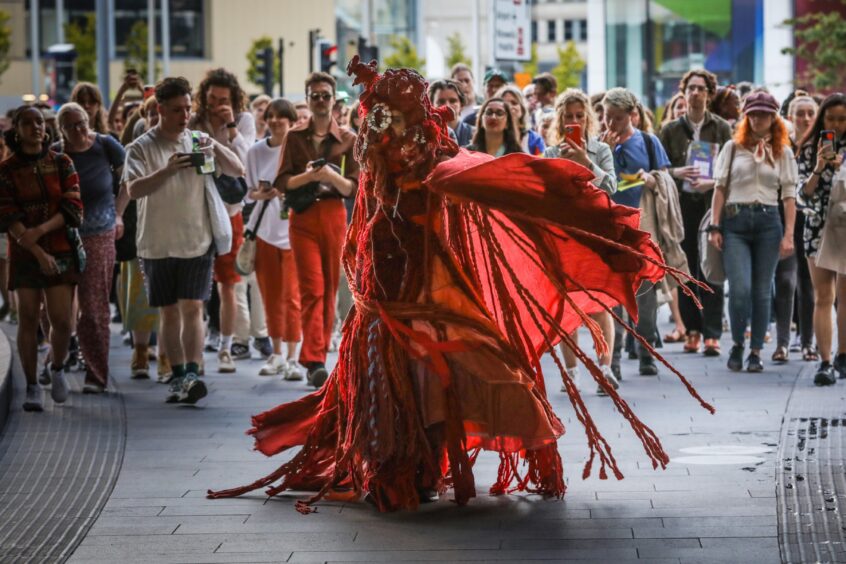
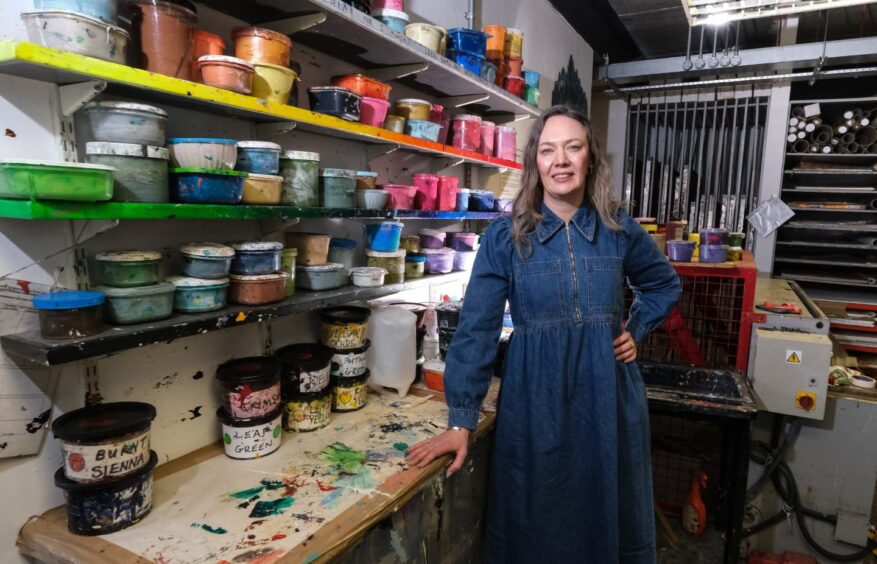

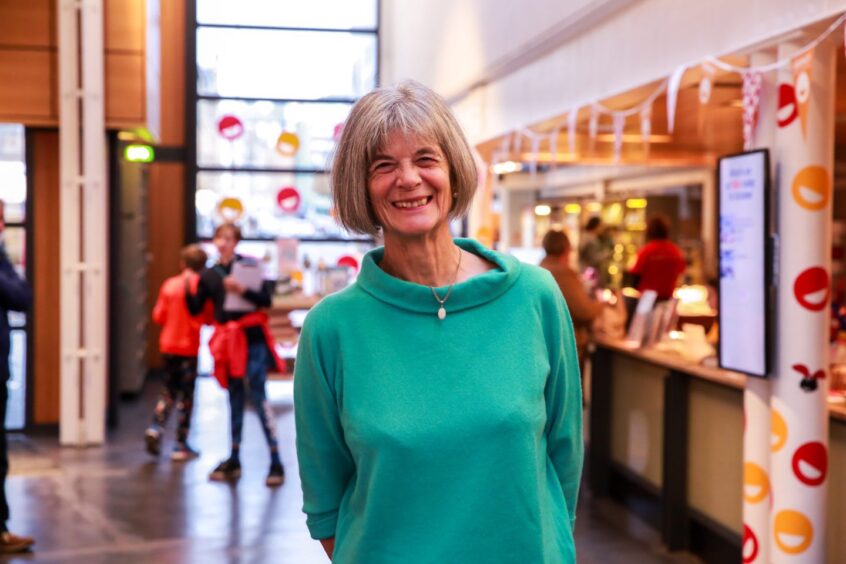
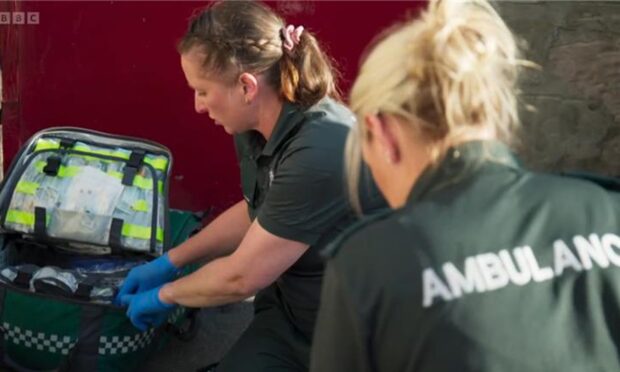
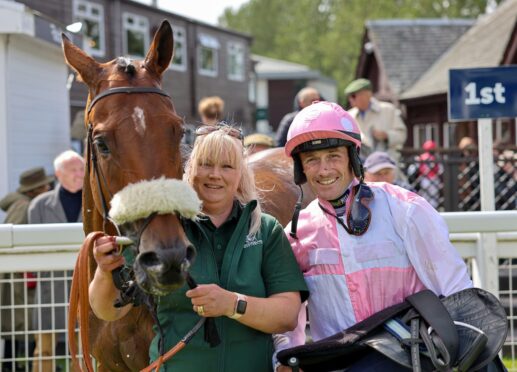
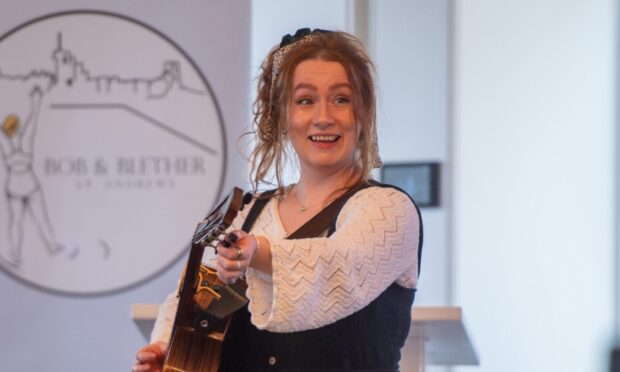




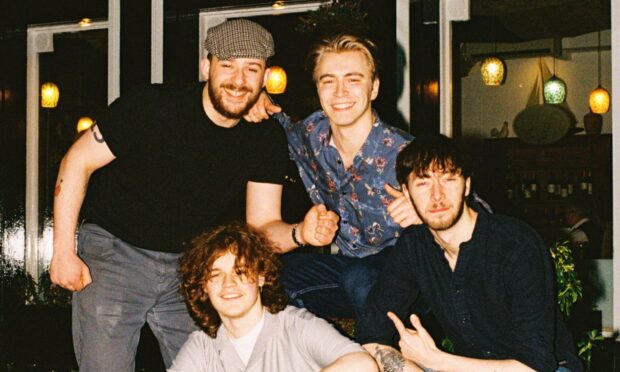
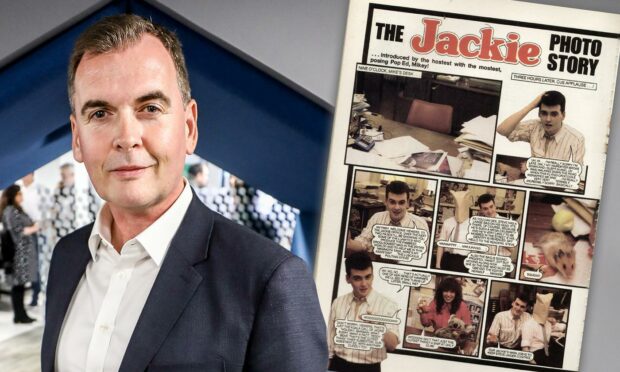

Conversation